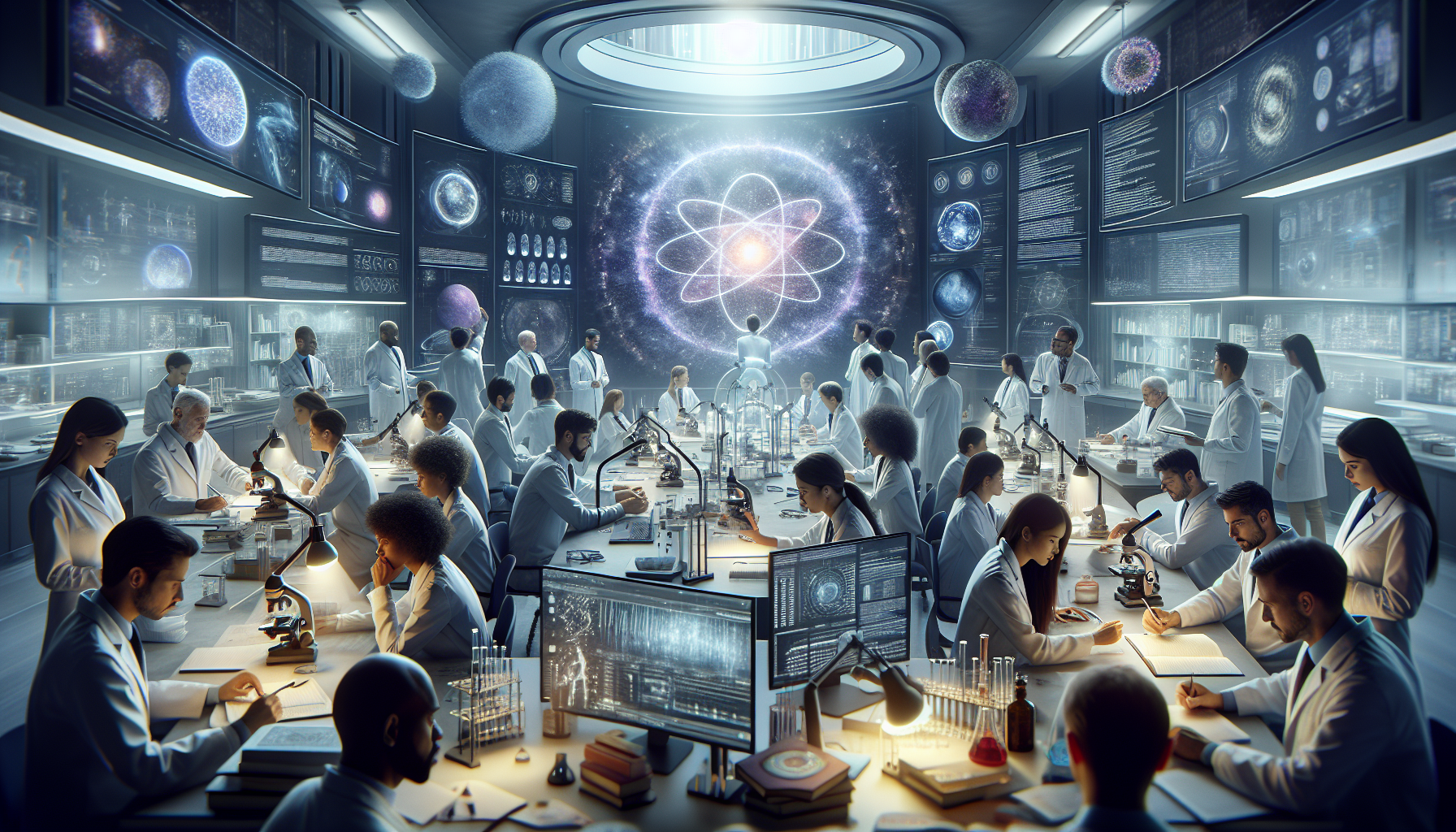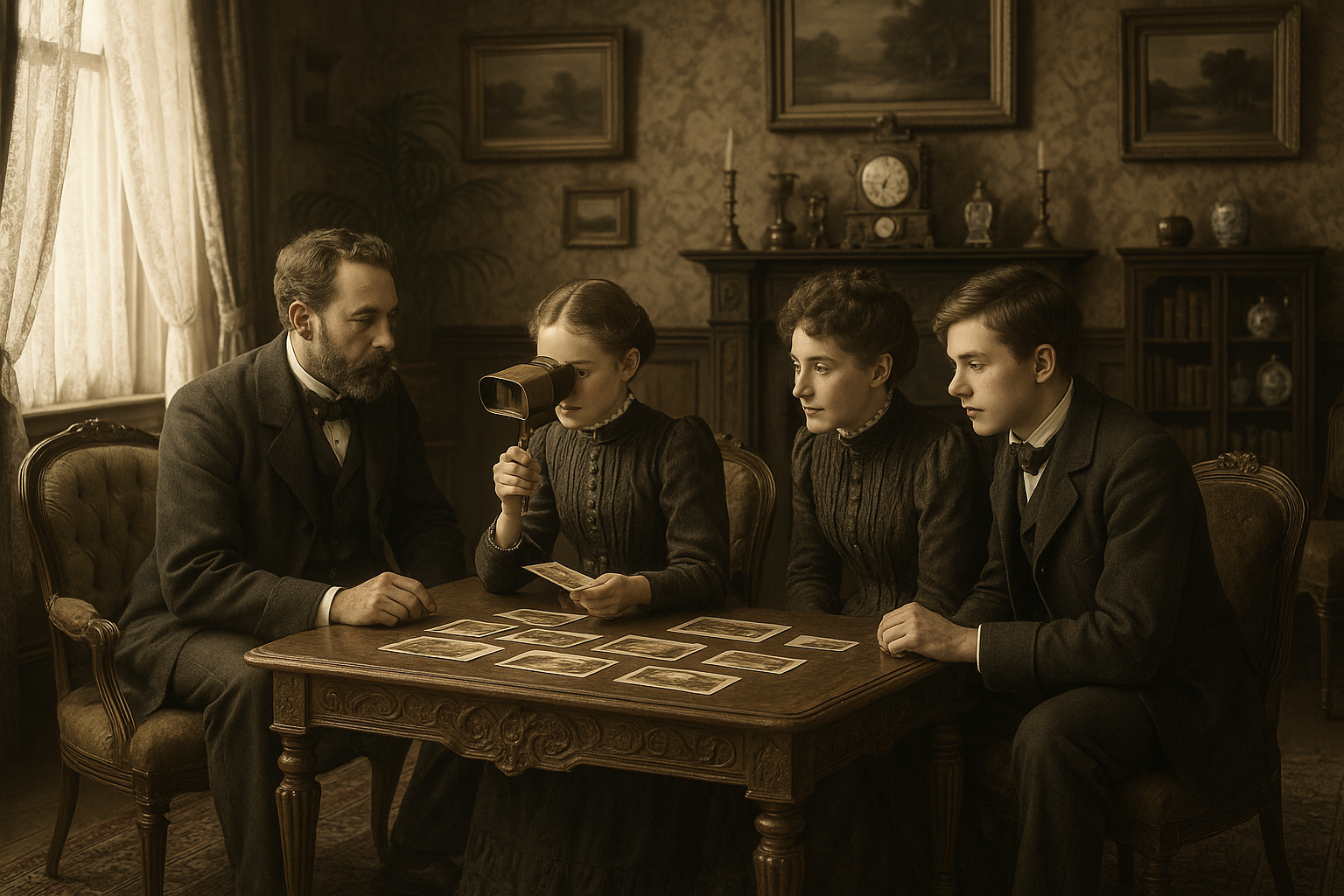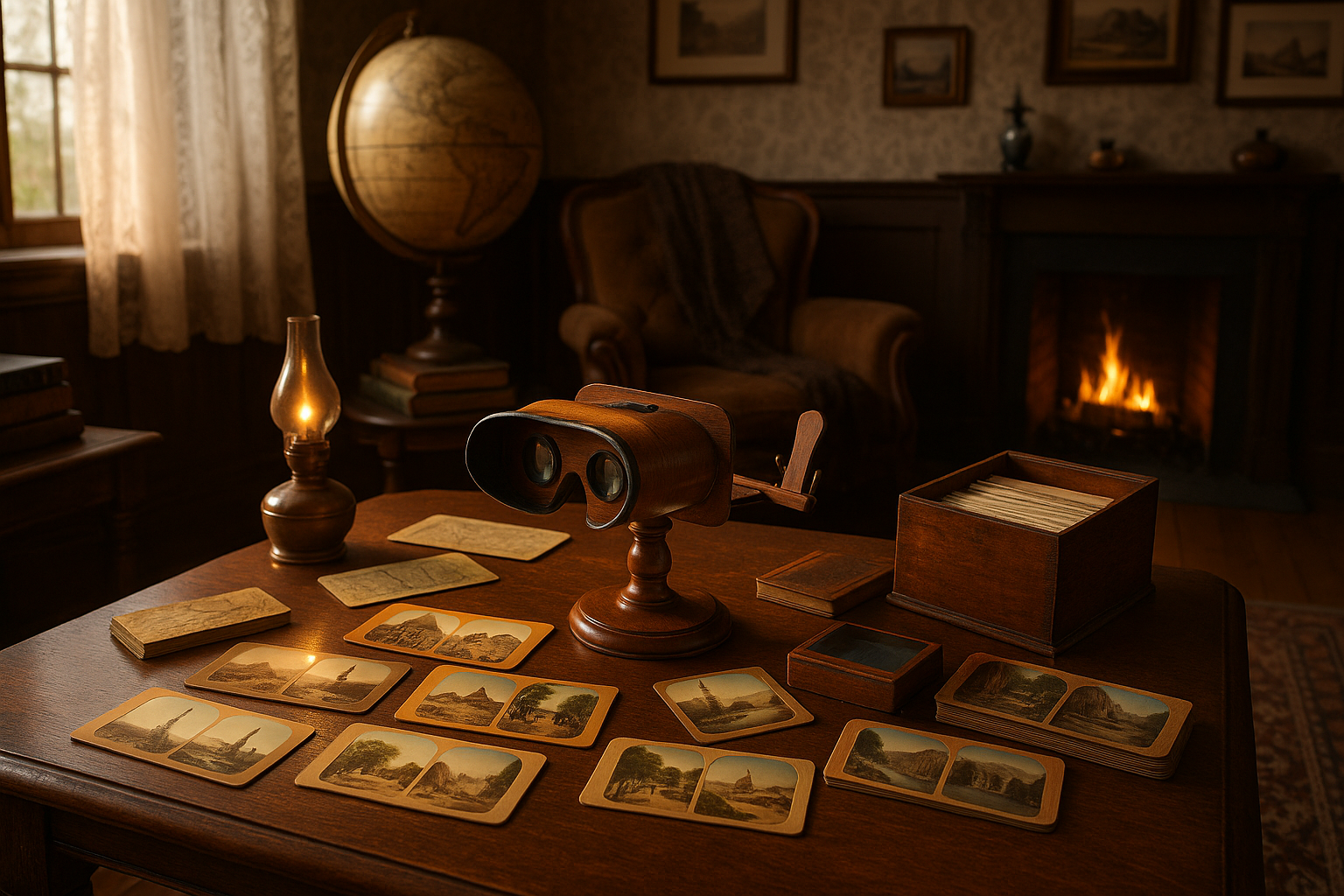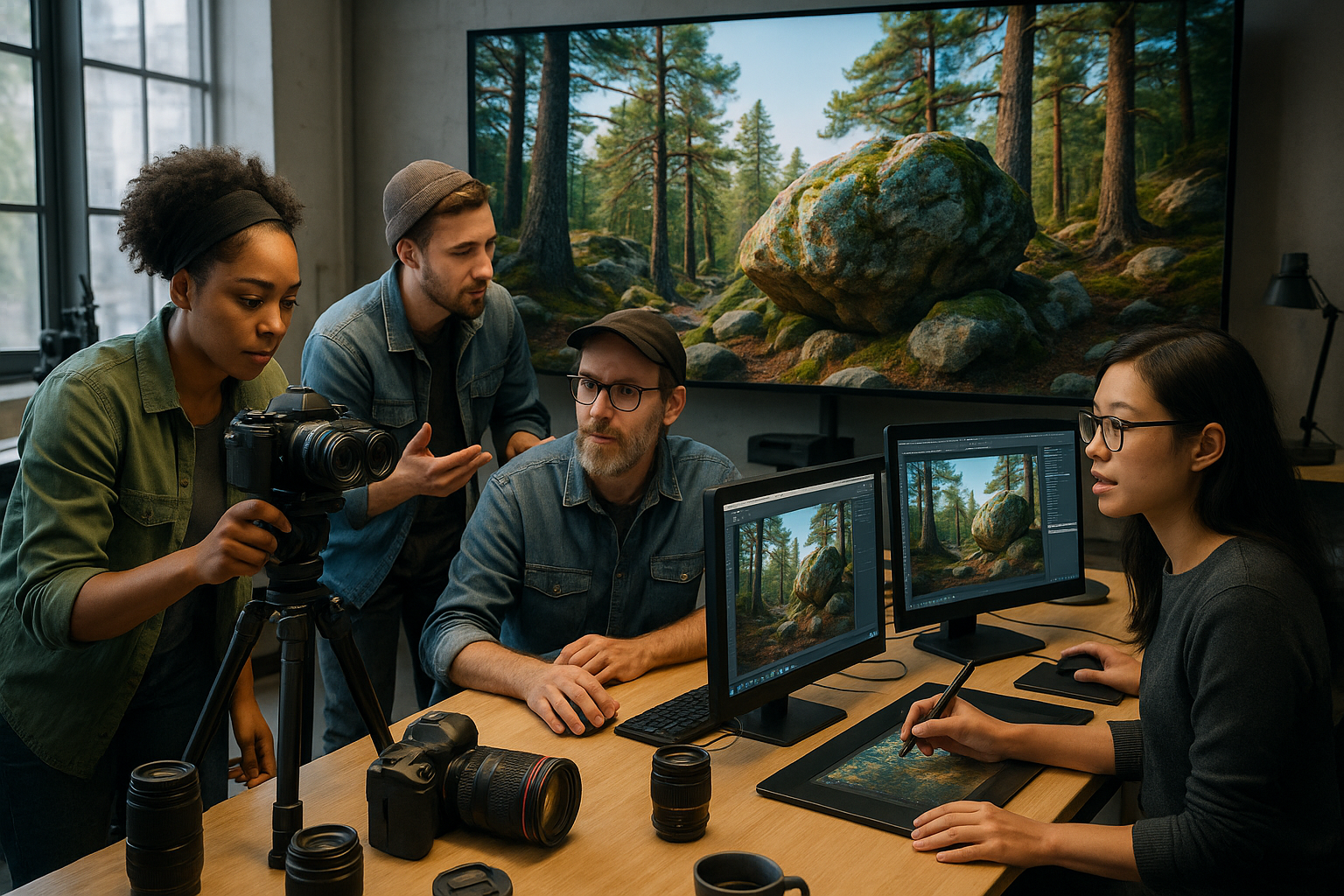In a world where the unknown often lurks just beyond the horizon of our understanding, the human spirit has been ceaselessly driven by a relentless curiosity to unveil the mysteries that surround us. At the core of this quest lies a powerful tool that has been pivotal in transforming our comprehension of the universe: scientific observation. Whether it’s peering into the vast expanse of the cosmos or examining the intricate dance of molecules, observation serves as the cornerstone of scientific inquiry. But what exactly makes this method so effective in unraveling the secrets of the natural world? In this article, we embark on an enlightening journey to explore the multifaceted nature of scientific observation, delving into its history, methodologies, and the profound impacts it has had on our understanding of reality.
From the early astronomers who first charted the stars to the modern-day scientists probing the depths of quantum physics, observation has always been at the forefront of discovery. The art of watching and recording phenomena has evolved dramatically, yet its essence remains unchanged—a bridge between curiosity and knowledge. We’ll begin by tracing the historical roots of scientific observation, highlighting key figures and breakthroughs that have paved the way for contemporary science. Alongside this, we will examine how advancements in technology have augmented our observational capabilities, allowing us to see further, deeper, and with more precision than ever before. This exploration will set the stage for a deeper discussion on how observation continues to drive innovation and inspire new questions.
As we navigate through the intricacies of this topic, we’ll also address the philosophical underpinnings of observation—what it means to truly “observe” and how our perceptions shape our understanding of the universe. We’ll consider the challenges and limitations that scientists face, such as biases and the ever-present question of objectivity. Furthermore, this article will shed light on the exciting frontiers of scientific observation, from cutting-edge research in neuroscience to groundbreaking discoveries in space exploration. By the end of our journey, you’ll not only gain a profound appreciation for the power of observation but also be inspired to look at the world with a renewed sense of wonder and curiosity. So, grab your telescope or microscope, and let’s embark on this captivating adventure together! 🌌🔬
The Intricacies of Scientific Observation
In the vast realm of scientific exploration, observation stands as a cornerstone upon which countless discoveries have been built. The art of observing, recording, and interpreting phenomena has enabled humanity to unravel the mysteries of the universe, from the smallest particles to the grandest cosmic structures. But what makes observation so pivotal in scientific inquiry? At its core, observation allows us to gather data that are both qualitative and quantitative, forming the basis for hypothesis testing and theory development. This process is not merely passive; it involves a dynamic interaction between the observer and the observed, often requiring sophisticated tools and methodologies to ensure accuracy and reliability.
Observation in science is not limited to what we can see with our eyes. Advanced technologies have expanded our capabilities, allowing us to observe phenomena that are invisible to the naked eye. From telescopes that peer into the depths of space to microscopes that reveal the hidden world of cells, these instruments have revolutionized our understanding of the universe. Moreover, the development of computer models and simulations has further enhanced our ability to observe and analyze complex systems, providing insights that were previously beyond our reach.
As we delve deeper into the intricacies of scientific observation, it is crucial to consider the role of bias and error. Even the most meticulous observations can be influenced by the observer’s expectations and preconceptions, leading to skewed interpretations. To mitigate this, scientists employ rigorous methodologies, such as double-blind experiments and peer review, to ensure that their observations are as objective and reliable as possible. This commitment to accuracy and transparency is what underpins the credibility of scientific research, allowing us to build a body of knowledge that is both robust and trustworthy.
The Role of Technology in Observation
Technology has always played a crucial role in advancing scientific observation. The invention of the microscope in the 17th century, for example, opened up a new world of discovery, allowing scientists to observe microorganisms for the first time. Similarly, the development of the telescope revolutionized our understanding of the cosmos, providing a window into distant galaxies and celestial phenomena. Today, technological advancements continue to push the boundaries of what we can observe, with innovations such as electron microscopes, space probes, and particle accelerators leading the way.
One of the most significant technological advancements in recent years is the development of remote sensing technologies. These tools allow scientists to observe phenomena from a distance, using satellite imagery and aerial photography to study everything from weather patterns to deforestation. This has proven invaluable in fields such as environmental science, where direct observation can be challenging or even impossible. By providing a bird’s-eye view of the world, remote sensing technologies enable scientists to gather data on a global scale, leading to a deeper understanding of Earth’s complex systems.
Additionally, the advent of digital technology has transformed the way scientists collect, store, and analyze data. Powerful software programs now allow researchers to process vast amounts of information quickly and efficiently, uncovering patterns and trends that might otherwise go unnoticed. This has not only accelerated the pace of scientific discovery but has also democratized access to data, enabling scientists from around the world to collaborate and share their findings. As technology continues to evolve, the possibilities for scientific observation are virtually limitless, opening up new avenues for exploration and discovery.
Challenges and Limitations of Scientific Observation
Despite the many advancements in technology and methodology, scientific observation is not without its challenges and limitations. One of the primary obstacles is the inherent complexity of the natural world. Many phenomena are influenced by a multitude of variables, making it difficult to isolate specific factors and draw definitive conclusions. This is particularly true in fields such as ecology and climate science, where complex interactions between organisms and their environments can lead to unpredictable outcomes.
Another challenge is the issue of scale. Some phenomena occur on a scale that is too large or too small for direct observation. For example, studying the behavior of subatomic particles requires specialized equipment that can detect changes at the quantum level, while observing the movement of tectonic plates involves monitoring vast areas over extended periods. In these cases, scientists must rely on indirect methods of observation, using models and simulations to make inferences about the underlying processes.
Furthermore, scientific observation is often constrained by ethical and practical considerations. In medical research, for example, observing the effects of a new treatment on human subjects requires careful consideration of ethical guidelines to ensure that participants are not exposed to unnecessary risks. Similarly, in environmental studies, direct observation of endangered species may be limited by the need to minimize human impact on their habitats. These constraints necessitate a delicate balance between the pursuit of knowledge and the responsibility to protect the subjects of observation.
Overcoming Challenges through Collaboration and Innovation
To address the challenges and limitations of scientific observation, researchers often turn to collaboration and innovation. By working together, scientists from different disciplines can pool their expertise and resources, developing new methodologies and technologies to overcome the obstacles they face. This collaborative approach has led to breakthroughs in fields such as genomics, where international teams have sequenced the genomes of numerous species, providing valuable insights into the diversity of life on Earth.
Innovation also plays a critical role in overcoming the limitations of observation. The development of new tools and techniques, such as machine learning algorithms and artificial intelligence, has enabled scientists to analyze complex datasets with unprecedented speed and accuracy. These technologies are particularly valuable in fields such as astronomy and climate science, where the sheer volume of data can be overwhelming. By harnessing the power of innovation, researchers can push the boundaries of what is possible, uncovering new insights and expanding our understanding of the natural world.
Case Study: The Power of Observation in Astronomy
Astronomy is a field that has been profoundly shaped by the power of observation. From the earliest stargazers who charted the movements of celestial bodies to the modern astronomers who explore the farthest reaches of the universe, observation has been the driving force behind countless discoveries. The invention of the telescope in the early 17th century marked a turning point in the history of astronomy, enabling scientists to observe the night sky with unprecedented clarity. This led to the discovery of new planets, moons, and other celestial phenomena, fundamentally altering our understanding of the cosmos.
In recent years, advancements in observational technology have continued to revolutionize astronomy. The launch of space telescopes, such as the Hubble Space Telescope, has allowed astronomers to observe the universe in ways that were previously unimaginable. By capturing images of distant galaxies and nebulae, these telescopes have provided new insights into the origins and evolution of the universe, shedding light on some of the most profound questions in science. Additionally, the development of radio telescopes and other specialized instruments has enabled astronomers to observe phenomena that are invisible to the naked eye, such as black holes and cosmic microwave background radiation.
The power of observation in astronomy is further demonstrated by the discovery of exoplanets—planets that orbit stars outside our solar system. Through careful observation of changes in a star’s brightness, astronomers have identified thousands of exoplanets, many of which are located in the so-called “habitable zone,” where conditions may be suitable for life. These discoveries have sparked a new era of exploration, as scientists seek to understand the potential for life beyond Earth and the nature of planetary systems throughout the galaxy.
Link to a Related Video
For a deeper dive into the fascinating world of astronomical observation, watch this engaging video titled “Exploring the Universe with the Hubble Space Telescope” by NASA’s Goddard Space Flight Center. Watch the video here.

Conclusion: Unveiling the Mysteries of Obscura
In exploring the intricate tapestry of scientific observation, we embarked on a journey through the concept of “Obscura,” delving into the nuances of understanding the universe through the lens of observation and analysis. As we conclude this exploration, it’s vital to recap the pivotal points discussed, reinforcing their significance and urging you, the reader, to engage further with this fascinating topic.
Throughout the article, we emphasized the critical role that observation plays in scientific inquiry. From the meticulous work of early astronomers peering into the vastness of space to modern-day researchers using advanced technology to unravel the mysteries of the cosmos, observation remains the cornerstone of discovery. By examining phenomena that range from the microscopic to the cosmic scale, scientists unlock secrets that propel human knowledge forward. This relentless pursuit of understanding is not just a testament to human curiosity but a necessary endeavor that shapes our comprehension of the universe.
One of the central themes we explored is the transformative power of technological advancements in observation. Tools such as telescopes, microscopes, and various forms of imaging technology have expanded our capabilities, allowing us to see further and with greater detail than ever before. These instruments serve as extensions of human perception, enabling scientists to gather data that was previously inaccessible. The development of these tools underscores the symbiotic relationship between technology and science, each driving the other to new heights.
Moreover, we delved into the philosophical and ethical implications of observation in science. As we push the boundaries of what can be seen and understood, questions about the responsible use of such knowledge inevitably arise. Ethical considerations must guide scientific exploration to ensure that the power derived from observation is wielded for the benefit of humanity and the preservation of our world. This dimension of the discourse invites a broader conversation about the values and principles that should govern scientific practices.
The importance of collaboration and interdisciplinary approaches was another key point of discussion. In tackling the enigmas presented by “Obscura,” scientists across various fields must come together, pooling their expertise to address complex questions. This collaborative spirit not only accelerates the pace of discovery but also fosters a holistic understanding of the interconnectedness of natural phenomena. Such synergy highlights the importance of diversity in scientific inquiry, where different perspectives contribute to a richer, more nuanced comprehension of the mysteries we seek to unravel.
In reflecting on the myriad of insights gained from our exploration, it becomes clear that the pursuit of knowledge through observation is both a privilege and a responsibility. It calls on us to remain curious, to question the world around us, and to seek answers with integrity and respect for the unknown. The mysteries of “Obscura” challenge us to think critically, to innovate, and to push the boundaries of what is possible.
As you ponder the themes and ideas presented in this article, I encourage you to take action. Share this knowledge with others, spark conversations, and apply what you’ve learned in your personal or professional life. The pursuit of understanding is a collective endeavor, one that thrives on engagement and dialogue. By participating in this ongoing journey of discovery, you contribute to a legacy of inquiry that benefits not only our generation but also those that will follow.
In closing, the mysteries of “Obscura” remind us of the boundless potential of human intellect and the enduring quest for knowledge. Let us continue to observe, to question, and to seek out the wonders of our universe with enthusiasm and purpose. As we unveil these mysteries, may we do so with a spirit of curiosity, compassion, and commitment to the betterment of all. 🌌
For further exploration, consider visiting reputable scientific journals and resources like Nature, Science, or Scientific American. These platforms offer a wealth of information and insights into the ever-evolving world of scientific discovery.
Toni Santos is a visual historian and artisan whose creative lens is captivated by the forgotten marvels of antique optical devices. Through his thoughtful storytelling, Toni revives the instruments that once transformed light into wonder—camera obscuras, magic lanterns, kaleidoscopes, and other ingenious tools that shaped our earliest visual imaginations.
His journey is rooted in a fascination with how humans have long sought to bend, reflect, and reveal the unseen. Whether tracing the mechanical poetry of 19th-century projectors or illustrating the tactile elegance of early lenses, Toni’s work invites us to see vision itself as an evolving art form.
Blending handcrafted design with historical inquiry, Toni brings to life the material soul of these devices—celebrating not just how they functioned, but what they meant. His creations and curated stories illuminate a world where science, illusion, and beauty were intricately linked through glass and brass.
As the curator of Vizovex, Toni shares detailed studies, reconstructed artifacts, and immersive content that help others rediscover the origins of visual technology and the magic of analog perception.
His work is a tribute to:
The craftsmanship behind early visual instruments
The wonder of seeing through the eyes of another century
The intersection of optics, art, and imagination
Whether you’re a collector, a designer, or someone drawn to the lost poetry of vision, Toni welcomes you into a world where light is a storyteller—one prism, one lens, one forgotten invention at a time.





